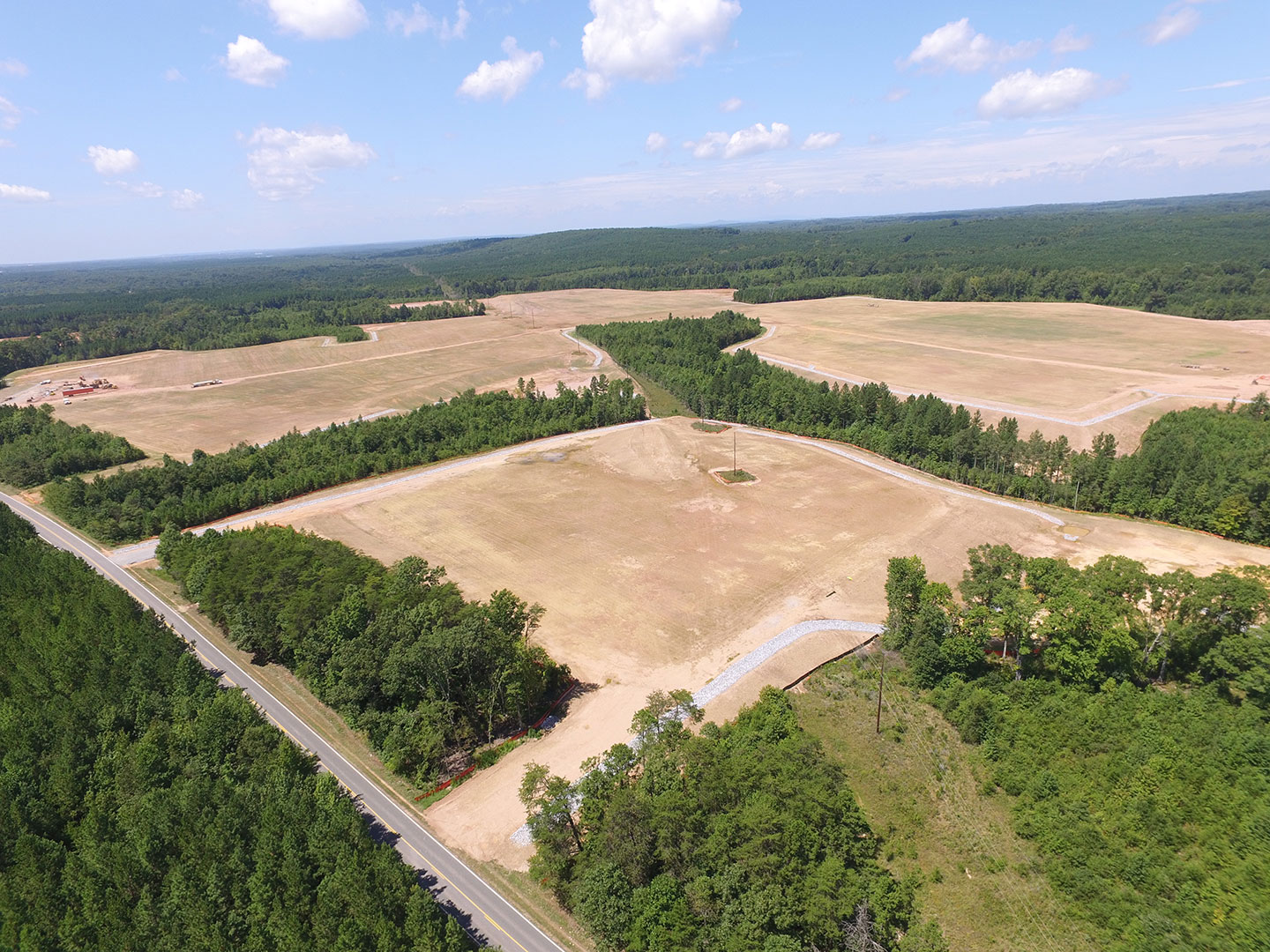Dewberry takes pride in serving as a community-based practice. We regularly collaborate with our clients to develop funding strategies and packages to bring their projects to fruition. In fact, the greatest challenge in executing an infrastructure project
is often not the engineering but identifying and securing the funding sources.
This requires being knowledgeable about potential funding sources at all levels of government, as well as anticipating the probable infusion of additional funding from special programs such as a federal stimulus. We must be creative in exhibiting our
clients’ needs to stand out among competing applicants and elevate their potential for funding eligibility. For example, our southern Virginia practice has assisted regional clients in sourcing more than $100 million in grants and low-interest
loans for critical infrastructure projects over the past ten years.
Positioning and Maximizing Funding Potential
Most federal infrastructure dollars are funneled through existing federal and state programs. In Virginia, this includes programs administered by four federal agencies and five state agencies, including the U.S. Department of Agriculture (USDA) Rural
Development, the Economic Development Administration (EDA), Virginia Department of Environmental Quality (DEQ), and the Virginia Department of Transportation (VDOT).
Strategically positioning clients for funding opportunities is paramount, particularly for projects that support economic development. Ensuring projects are “shovel ready,” leveraging other priority public needs, and using one funding source
to fulfill a funding match requirement of another are among the strategies often used to maximize grant and low-interest loan funding.
Strategically positioning clients for funding opportunities is paramount, particularly for projects that support economic development." Leslie Barksdale
Recent Success Stories
Several recent projects illustrate the success of assembling a sound funding strategy to implement projects in communities:
- Smith River Interceptor Rehabilitation—City of Martinsville: Project phasing and alternative delivery allowed for a controlled timeline to rehabilitate this deteriorated 6.2-mile large-diameter sewer interceptor. By dividing
the project into four contracts, we were able to first obtain a zero percent interest loan through the Virginia DEQ Revolving Loan Fund to move the project forward. We then identified a $1-million EDA grant, tied to an industrial beneficiary,
to offset some of the debt obligation.
- Southern Virginia Megasite at Berry Hill—Danville-Pittsylvania Regional Industrial Facility Authority: Our engineering and architectural practice routinely focuses on supporting clients with projects that create economic development
opportunities. The development of the 3,528-acre Southern Virginia Megasite at Berry Hill, with full infrastructure and pad-ready sites, is a prominent example in the Southeast. Suitable for original equipment manufacturer operations and other
large advanced industrial tenants, the megasite is the result of a unique collaboration among multiple jurisdictions across state lines. From early master planning to today, we continue to work closely with our client, bringing more than $100
million of investment for infrastructure development to help make this site Virginia’s largest certified megasite.
- Maple Avenue Wastewater Treatment Plant (WWTP) Expansion—Halifax County Service Authority (HCSA): Improvements to this facility allowed decommissioning of a small WWTP and increase in the Maple Avenue WWTP capacity to support
the region as well as accommodate future growth, and provide an effluent reclamation and reuse system to support a nearby power generating facility. A well-planned funding strategy using EDA, Environmental Protection Agency State and Tribal Assistance
Grants, Virginia Tobacco Commission, and USDA Rural Development programs resulted in $7.5 million in grant and $6 million in low-interest loan funding to support regionalization and efficient processes for HCSA.
 The Southern Virginia Megasite at Berry Hill is the state’s largest certified megasite with rail, natural gas, broadband, power, water, sewer, permitting, and zoning in place.
The Southern Virginia Megasite at Berry Hill is the state’s largest certified megasite with rail, natural gas, broadband, power, water, sewer, permitting, and zoning in place.